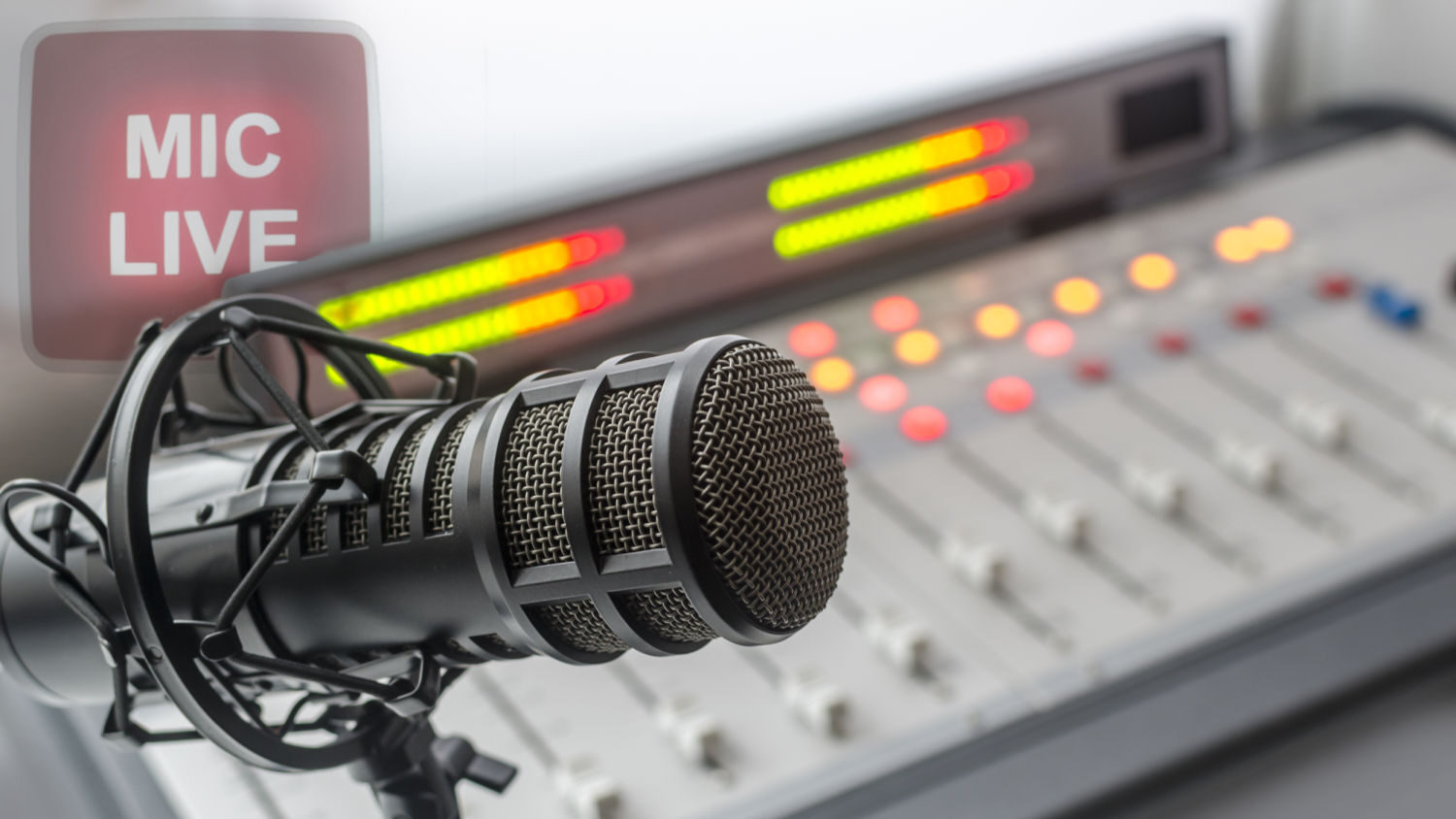Home › Forums › BreakawayOne › ASIO I/0
- This topic has 5 replies, 3 voices, and was last updated 5 months, 2 weeks ago by
shaunattheforest.
-
AuthorPosts
-
May 29, 2024 at 1:13 pm #17411
shaunattheforest
ParticipantHi
I have a couple of questions regarding ASIO
Is it considered better to use ASIO insteads of Kernel Streaming?
Also in the ASIO I/0 window what does the W=, H= & R= mean?
The W= is rising and want to know if its an issue or normal. The H is rising too but not as fast
Best
Shaun
May 29, 2024 at 3:10 pm #17412Milky
KeymasterGenerally, ASIO is considered the best, but it does depend on the implementation of the drivers on a per-device basis. Bad ASIO and good KS implementation for a particular device may bias the result in the opposite way, so it is best to experiment with both. I have a high spec audio device, but the ASIO implementation is very basic, so I don’t use it.
I’m not sure what the W, H R parameters are, so I’ll have to set up an ASIO session and look into it. I assume it has something to do with buffers, so I’d experiment with the number of buffers you have defined in the ASIO setup (as opposed to in the BA1 app). As always, the higher the buffer count, the greater the latency, so experiment until you get the best performance. If you are streaming, latency my not be a problem, but, if you are using ASIO for video audio, the buffer count can make a big difference with lip sync.
May 30, 2024 at 12:50 pm #17413shaunattheforest
ParticipantUnderstood. IF you are able to find out what they mean that would be amazing!
Does the Block size (KS) affect quality? So a smaller block size helps with Latency is that at the expense of the audio quality?
Best
Shaun
-
This reply was modified 11 months, 3 weeks ago by
shaunattheforest.
May 30, 2024 at 1:57 pm #17415Milky
KeymasterThe block size only has an effect if the jitter rate increases to the point that there are audible artefacts. The trick is to find the smallest block size you can and still have an acceptable jitter percentage. Jitter is effectively discarded frames because they didn’t fit the block size nominated. BA1 tries to optimise this when you select a device, but, sometimes, you can tweak the block size manually to improve latency without significantly increasing jitter, so some experimentation may be worth the time.
December 1, 2024 at 9:36 pm #17564k.thelen
ParticipantKind of an old thread, but…
W = number of jitter Warning (over 40%) events
H = number of High jitter (over 70%) events
R = number of times the device has stalled or otherwise been ResetThis info can be found in the Omnia 9XE manual. Between that, the Omnia 7 manual, and (occasionally) the Linear Acoustic Aero.2000 manual, many obscure questions like this can be answered. (All of those products share the same platform as BaOne.)
As for block size: there’s a button in BaOne’s audio interface setup window which will test all possible block sizes, and suggest the best options for your setup. But there are two rules of thumb I always keep in mind:
1) Lower blocksize means less latency, while higher blocksize means less chance of buffer underruns or other issues.
2) The chosen samplerate should always be divisible by the chosen blocksize, else the jitter performance will be poor.
Hope this helps —
December 2, 2024 at 5:52 am #17566shaunattheforest
ParticipantIt does help!
Thank you for following up.
I ended up changing the sound device and pc so the problem has now gone away.
Best
Shaun
-
This reply was modified 11 months, 3 weeks ago by
-
AuthorPosts
- You must be logged in to reply to this topic.
